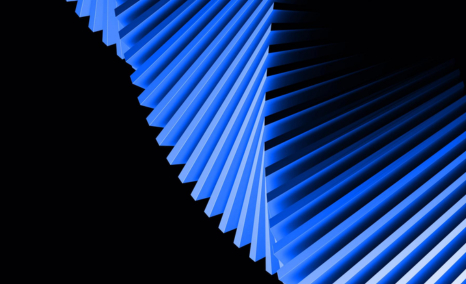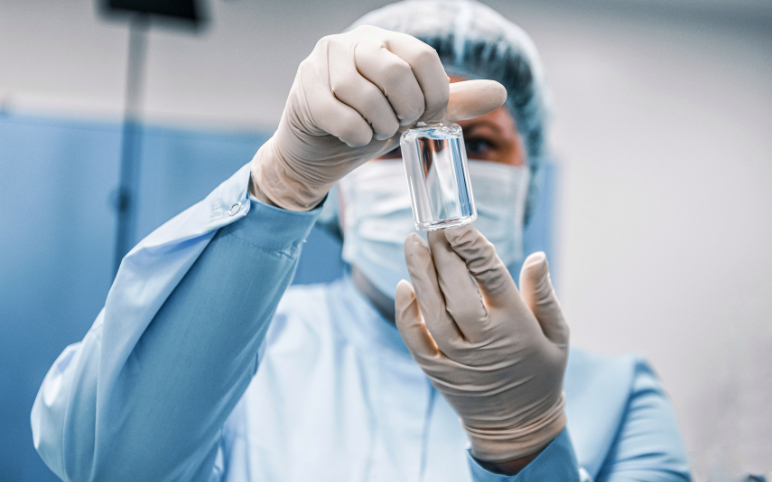
GvHD Drugs Treatment Market Heats Up: 4 Late-Stage Therapies Poised to Redefine the Landscape

May 11, 2018
Hematopoietic stem cells (HSCs) are characterized by the ability to self-renew and differentiate into all mature blood lineages. Stromal interactions with soluble and cell-bound cytokines structures the differentiations and proliferation of hematopoietic cells.
Hematopoietic stem cell transplantation (HSCT) is the intravenous infusion of hematopoietic stem and progenitor cells intended to establish marrow and immune function in patients with a variety of acquired and inherited malignant and non-malignant disorders. Allogeneic and Autologous are the two types of HSCTS wherein a suitable donor is vital to source the apt stem cells for Allogeneic HSCT. The source of autologous transplantation is usually peripheral blood stem cells, mobilized with granulocyte colony-stimulating factor (GCSF) sometimes following salvage/priming chemotherapy.
Bone Marrow and Peripheral Blood are the two major sites for the collection of the hematopoietic stem cells in addition to the Umbilical Cord.
Click Here To Get the Article in PDF
HSCT can be brought into effect for patients with marrow involvement by tumor or with bone marrow dysfunction. It holds a great promise for the development of the regenerative medicines. HSCT is the only potentially curative treatment for patients with chemotherapy-resistant hematological malignancies, which are usually fatal in the absence of treatment. Intensive conditioning regimens, effective GVHD prophylaxis, cyclosporine-based regimens, and improved supportive care (eg, antibiotics as needed, herpesvirus and cytomegalovirus prophylaxis) have increased long-term disease-free survival after HSC transplantation.
There is even the other part of the story which throws some amount of light on the complications of HSCT despite of wide range of therapeutic benefits of the therapy. The high chemotherapy doses used in HSCT cause significant drug toxicities, graft-versus-host-disease (GVHD) and other complications from prolonged immunodeficiency and require an extended recovery process.
Currently, there are no marketed drugs for HSCT. The therapies available in the market deals with the decline in the complications observed after HSCT. Moreover, the pipeline for HSCT is not very robust and includes only 5 pipeline products.
Being a recipient of orphan drug designation and breakthrough therapy designation, NiCord (under the late stage clinical development by Gamida Cell) holds a bright chance to emerge as an efficient therapy for HSCT. Products from other companies such as Nohla Therapeutics, ExcellThera and others are under the phase II developmental studies. NLA101 being developed by Nohla Therapeutics in phase II stages provides a stiff competition to NiCord after receiving an orphan drug designation by the European Commission.
Also, a number of non-transplant therapies are under development for the prophylaxis of GvHD and other complications associated with HSCT.
Vidhi Khosla
Associate Analyst
Article in PDF


May 11, 2018
Hematopoietic stem cells (HSCs) are characterized by the ability to self-renew and differentiate into all mature blood lineages. Stromal interactions with soluble and cell-bound cytokines structures the differentiations and proliferation of hematopoietic cells.
Hematopoietic stem cell transplantation (HSCT) is the intravenous infusion of hematopoietic stem and progenitor cells intended to establish marrow and immune function in patients with a variety of acquired and inherited malignant and non-malignant disorders. Allogeneic and Autologous are the two types of HSCTS wherein a suitable donor is vital to source the apt stem cells for Allogeneic HSCT. The source of autologous transplantation is usually peripheral blood stem cells, mobilized with granulocyte colony-stimulating factor (GCSF) sometimes following salvage/priming chemotherapy.
Bone Marrow and Peripheral Blood are the two major sites for the collection of the hematopoietic stem cells in addition to the Umbilical Cord.
HSCT can be brought into effect for patients with marrow involvement by tumor or with bone marrow dysfunction. It holds a great promise for the development of the regenerative medicines. HSCT is the only potentially curative treatment for patients with chemotherapy-resistant hematological malignancies, which are usually fatal in the absence of treatment. Intensive conditioning regimens, effective GVHD prophylaxis, cyclosporine-based regimens, and improved supportive care (eg, antibiotics as needed, herpesvirus and cytomegalovirus prophylaxis) have increased long-term disease-free survival after HSC transplantation.
There is even the other part of the story which throws some amount of light on the complications of HSCT despite of wide range of therapeutic benefits of the therapy. The high chemotherapy doses used in HSCT cause significant drug toxicities, graft-versus-host-disease (GVHD) and other complications from prolonged immunodeficiency and require an extended recovery process.
Currently, there are no marketed drugs for HSCT. The therapies available in the market deals with the decline in the complications observed after HSCT. Moreover, the pipeline for HSCT is not very robust and includes only 5 pipeline products.
Being a recipient of orphan drug designation and breakthrough therapy designation, NiCord (under the late stage clinical development by Gamida Cell) holds a bright chance to emerge as an efficient therapy for HSCT. Products from other companies such as Nohla Therapeutics, ExcellThera and others are under the phase II developmental studies. NLA101 being developed by Nohla Therapeutics in phase II stages provides a stiff competition to NiCord after receiving an orphan drug designation by the European Commission.
Also, a number of non-transplant therapies are under development for the prophylaxis of GvHD and other complications associated with HSCT.
Vidhi Khosla
Associate Analyst
